PRODUCTS
CONTACT US
Ningbo Nide International Co., Ltd.
一一
· Contact person:Jack Zeng
· Mob/Whatspp/WeChat:0086-13738869026
· Email:emarketing@nide-group.com;marketing4@nide-group.com
· Add:No. 169, Wohushan Road, Daqi Subdistrict, Beilun District, Ningbo, China

Nide team could manufacture ball bearing as per customer’s drawing and samples.
If customer only has samples, we could also design drawing fo r our customer.
We also provide customized service.
Our ball bearing is widely applied the different industrials.
Haishu Nide International Co., Ltd is located in Ningbo City, Zhejiang Province. It is a high-tech enterprise that integrates research and development, application, production, and sales. Mainly producing high-performance motor cover and lamination,carbon brush,shaft,ball bearing,insulation paper,thermal protector,magnet, etc. The product has a series of characteristics such as oil-free self-lubricating, wear resistance, corrosion and rust resistance, acid, alkali, salt and gas corrosion resistance, no magnetic and electrical insulation, high temperature and cold resistance, light weight, etc. It is widely used in industries such as servo motor,electric automotive motor,single and three phase induction motor,BLDC motor,water pump motor,washing machine motor,air condition motor.
By ceaselessly improve our quality and, our products win high praise for our favorable price, excellent service and timely delivery. No matter before or after sales, from quality to price, we have the complete and professional management system.
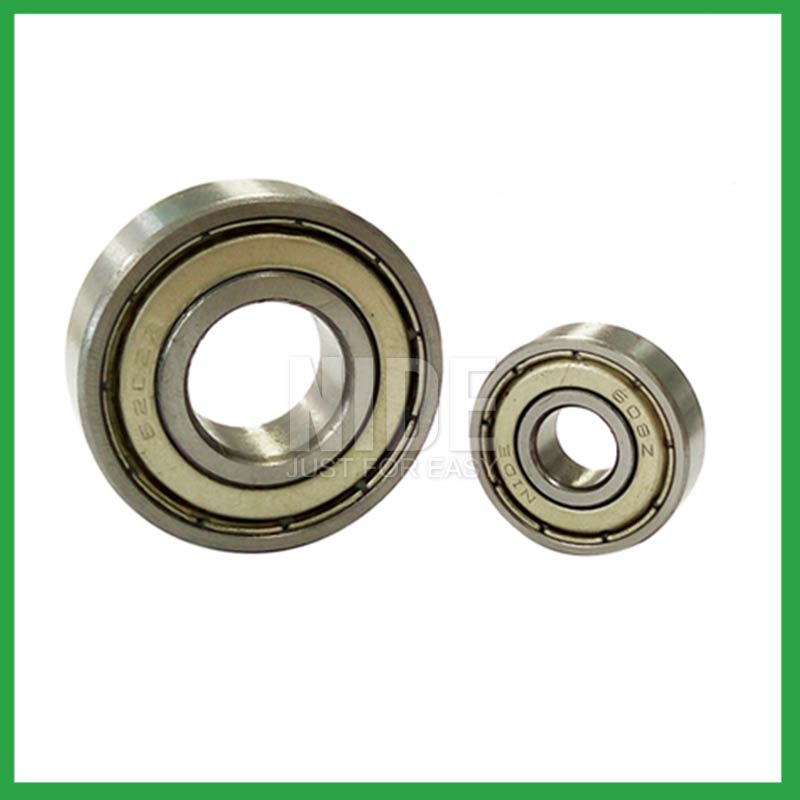
| Parameter | Information |
|---|---|
| Product Name | 1 inch diameter ball bearing |
| Brand Name | NIDE |
| Place of Origin | Ningbo,Zhejiang,China |
| Material | stainless steel, etc. |
| Structure | Deep Groove |
| Color | Customized Color |
| Delivery Time | 5-7days |
| Port | Ningbo/Shanghai |
| Export region | Europe,Asia,America |
| Export Country | India,Brazil,South Korea,El Salvador,Honduras,Gambia,Zambia...etc |
| Application | textile machinery, etc. |
| OEM/ODM | Yes |
| Size | Customized size |
| Stock | In Stock |
| Feature | Strong carrying capacity,High speed...etc |
| MOQ | 10 pieeces(Specific according to the model) |
| Certification | ISO9001,CE-stator coil winding machine,CE-insulation paper inserting machine,etc |
| Supply Ability | 100000-500000 Piece/Pieces per Month |
| Lubricate | Oil Grease |
| Packaging Details | Suitable for sea transportation |
| Lead time (days) | 15-20 (To be negotiated) |
Please note: The above table data is for reference only. For specific information, please contact us.
The precision range of 1 inch diameter ball bearing is from ABEC7 to ABEC9, with a particle size of 0.3 μ m. Among them, ABEC9's ball bearings have the best precision range and are widely used in the electronics industry, precision measurement industry, and so on.
During the installation process, pollution from dirt and wear media should be prevented;
Temperature and humidity should be controlled to avoid excessive temperatures during startup and operation;
It should be operated and lubricated in the correct reverse direction to avoid unnecessary damage.
Ball bearings have many advantages, making them highly competitive in the market.
Firstly, they are very durable and have good wear performance, making their service life longer than many other types of bearings.
Secondly, they are easy to install and can provide low friction performance in various applications.
Thirdly, they require a relatively low level of maintenance, making them cost-effective.
In addition, compared to many other types of bearings, their purchase cost is relatively low, making them an economical choice.




1 inch diameter ball bearing---FAQs Guide
2.Can 1 inch diameter ball bearing be customized with special coatings or treatments to meet specific industry standards or regulatory requirements?
3.Can 1 inch diameter ball bearing operate in high-temperature environments like industrial ovens or furnaces, and how are they protected from heat-related damage?
4.Are there ongoing research and development efforts aimed at improving 1 inch diameter ball bearing materials, designs, and lubrication techniques?
5.Are there 1 inch diameter ball bearing designed for use in critical medical equipment?
6.How do different 1 inch diameter ball bearing designs, such as deep groove, angular contact, or thrust bearings, cater to specific applications?
7.What are the after-sales services available for 1 inch diameter ball bearing?
8.What is the production capacity of the factory for 1 inch diameter ball bearing?
9.How do preloaded 1 inch diameter ball bearing enhance rigidity and reduce clearance in high-precision applications?
10.How do 1 inch diameter ball bearing handle radial loads, axial loads, and combined loads, and what are their load-carrying capacities?
11.Are there hybrid 1 inch diameter ball bearing that combine steel rings with ceramic balls to optimize performance in demanding applications?
12.Do 1 inch diameter ball bearing come in various tolerance classes?
13.Can 1 inch diameter ball bearing be used in vacuum or cleanroom environments, and what measures are taken to prevent outgassing or contamination?
14.What is a ball bearing?
1.What are the standard sizes and dimensions of 1 inch diameter ball bearing?
1 inch diameter ball bearing size charts are widely available, and can be used to find the measurements of a specific bearing. Series 6200 and 6300 are the most commonly used, and typically range from 10 x 30 x 9 mm (. 394 x 1.181 x . 354 in) to 150 x 320 x 65 mm (5.906 x 12.598 x 2.559 in).
2.Can 1 inch diameter ball bearing be customized with special coatings or treatments to meet specific industry standards or regulatory requirements?
Yes, 1 inch diameter ball bearing can be customized with special coatings or treatments to meet specific industry standards or regulatory requirements.
1. Corrosion-resistant coatings: These coatings are used to protect the bearings from corrosion caused by exposure to moisture, chemicals, and other corrosive substances.
2. High-temperature coatings: These coatings are used to improve the thermal stability and performance of bearings in high-temperature environments.
3. Food-grade coatings: These coatings are specially designed for applications in the food and beverage industry, where bearings come into contact with food, beverage, or pharmaceutical products.
4. Anti-static and non-conductive coatings: These coatings are used to dissipate static electricity, which can cause damage to electronic components.
5. Specialized lubrication treatments: Bearings can be treated with specialized lubricants that meet specific industry standards or regulatory requirements.
3.Can 1 inch diameter ball bearing operate in high-temperature environments like industrial ovens or furnaces, and how are they protected from heat-related damage?
1 inch diameter ball bearing are capable of working at temperatures up to +842°F (+450 °C). Special lubricants, seals and coatings make this possible by protecting the ball bearings from heat damage.
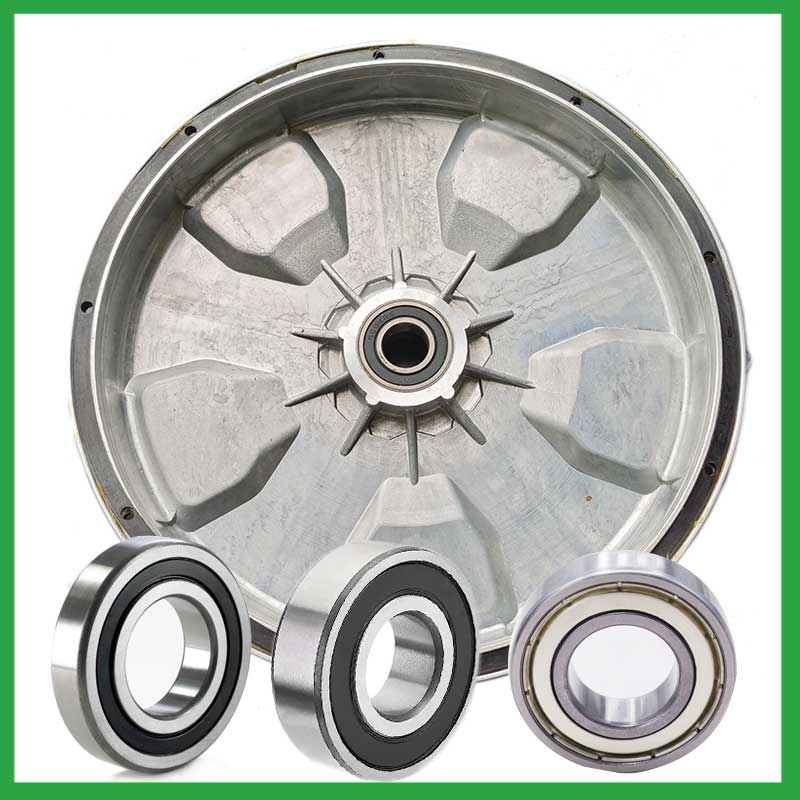
4.Are there ongoing research and development efforts aimed at improving 1 inch diameter ball bearing materials, designs, and lubrication techniques?
A custom 1 inch diameter ball bearing can satisfy almost any customer’s needs. Your application may need a needle roller or ball bearing, a radial or angular contact design, a plain carbon steel bearing with anti-corrosion coatings or stainless steel, a thrust bearing or a spherical bearing, tight or loose radial play, sealed or non-sealed designs
5.Are there 1 inch diameter ball bearing designed for use in critical medical equipment?
Precision 1 inch diameter ball bearing are among critical components in medical devices that are vital to ensuring patient safety. Correct choice of suitable ball and ring materials and the right product design can ensure high-precision bearings — and medical devices — have a long service life.
Precision bearings are used in a wide variety of medical devices including surgical power tools, ventilators and heart pumps — and patient safety depends on them all. Whatever the device, there is an onus on medical device original equipment manufacturers (OEMs) to ensure that the right type of bearings are chosen, and fit precisely into the application.
6.How do different 1 inch diameter ball bearing designs, such as deep groove, angular contact, or thrust bearings, cater to specific applications?
Deep groove 1 inch diameter ball bearing: Deep groove ball bearings are the most common type. They can handle both radial and axial loads. Angular contact ball bearings: Angular contact ball bearings have higher than average internal axial clearance. They can handle axial loads in one direction and moderate radial loads.
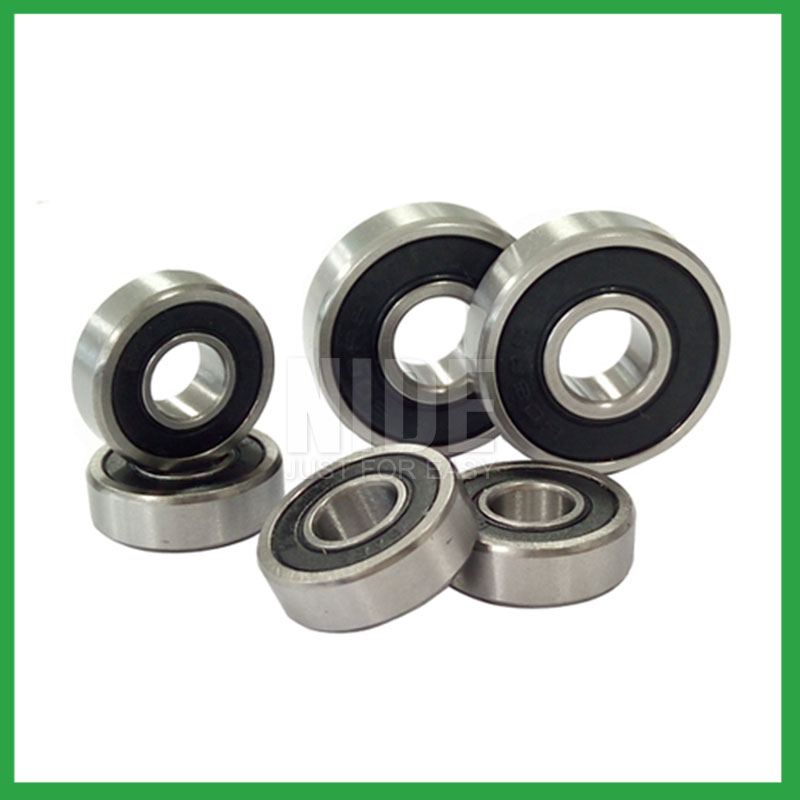
7.What are the after-sales services available for 1 inch diameter ball bearing?
If you find problems or failures in the assembly or use of the bearings , which needs to consult and other services, please feedback to Nide International in time.
8.What is the production capacity of the factory for 1 inch diameter ball bearing?
The production capacity of Ningbo Haishu Nide International is:50000000pcs/month
9.How do preloaded 1 inch diameter ball bearing enhance rigidity and reduce clearance in high-precision applications?
Enhance Rigidity: By applying a controlled axial force, preload increases the bearing's resistance to external forces and moments. This heightened rigidity is essential in applications where any deflection or misalignment must be minimized, such as in machine tools or robotic systems.
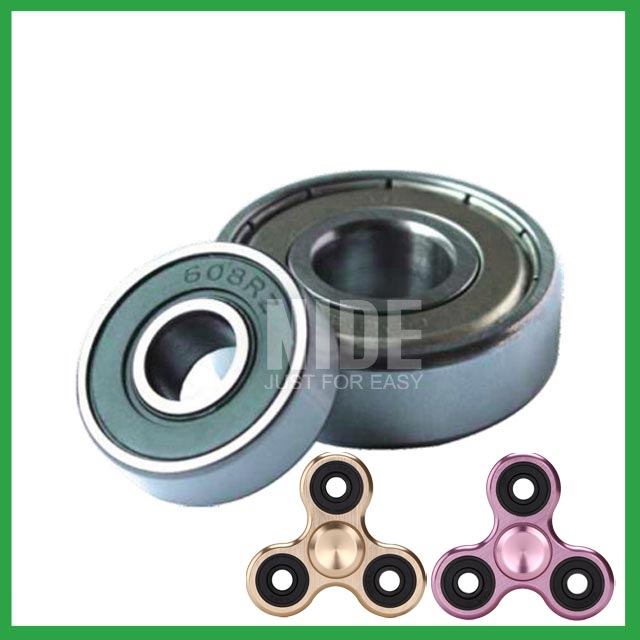
10.How do 1 inch diameter ball bearing handle radial loads, axial loads, and combined loads, and what are their load-carrying capacities?
The type of bearing used also varies between these loads. While deep-groove 1 inch diameter ball bearing are better equipped to handle radial loads, thrust ball bearings are designed for axial loads. However, it's essential to note that most bearings, such as angular contact ball bearings, can handle both radial and axial loads.The Bearing Static Capacity, Co, is the maximum load that can safely be applied to a non-rotating bearing that will not cause subsequent bearing operation to be impaired. It is based on calculated contact stress at the center of the most heavily loaded rolling element where it contacts the Inner Race.
11.Are there hybrid 1 inch diameter ball bearing that combine steel rings with ceramic balls to optimize performance in demanding applications?
Hybrid Ceramic 1 inch diameter ball bearing. Ceramic ball bearings (also known as hybrid bearings) are the one component that'll easily optimize the performance of your application. Hybrid bearings have ceramic (silicon nitride, Si3N4) balls and 52100 bearing steel rings.
12.Do 1 inch diameter ball bearing come in various tolerance classes?
Bearing tolerances are standardized by classifying bearings into the following six classes (accuracy in tolerances becomes higher in the order described): 0, 6X, 6, 5, 4 and 2.
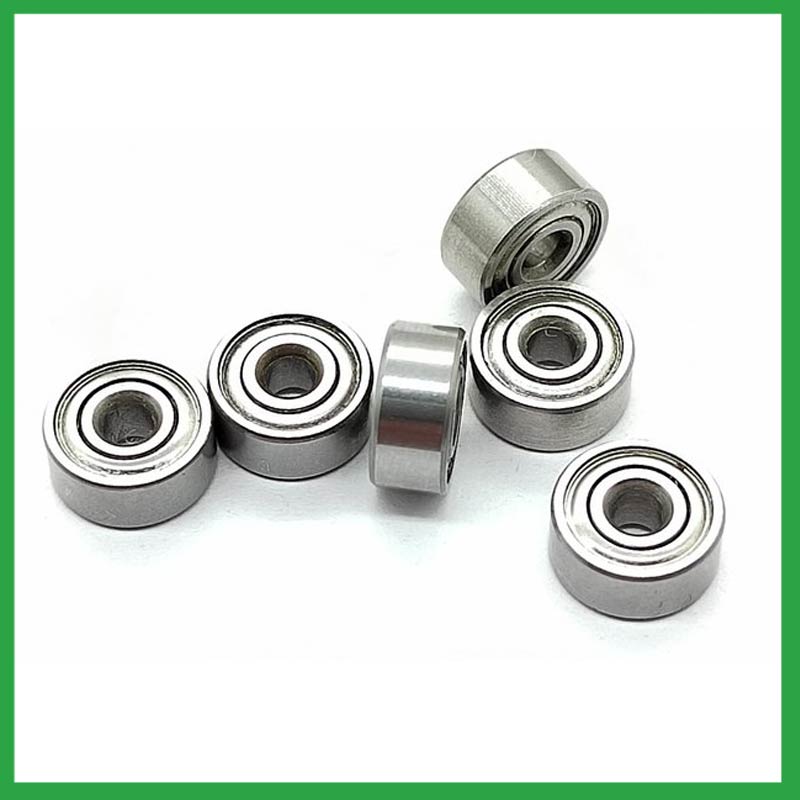
13.Can 1 inch diameter ball bearing be used in vacuum or cleanroom environments, and what measures are taken to prevent outgassing or contamination?
Bearings specify stainless steel for vacuum or cleanroom applications as stainless steels used for the rings, balls and retainer exhibit low outgassing. They usually supply open or shielded stainless steel bearings as vacuum bearings as these will outgas less than a nitrile rubber sealed bearing.
14.What is a ball bearing?
A ball bearing is a type of rolling-element bearing that uses balls to maintain the separation between the bearing races.
The purpose of a ball bearing is to reduce rotational friction and support radial and axial loads. It achieves this by using at least two races to contain the balls and transmit the loads through the balls. In most applications, one race is stationary and the other is attached to the rotating assembly (e.g., a hub or shaft). As one of the bearing races rotates it causes the balls to rotate as well. Because the balls are rolling they have a much lower coefficient of friction than if two flat surfaces were sliding against each other.
Ball bearings tend to have lower load capacity for their size than other kinds of rolling-element bearings due to the smaller contact area between the balls and races. However, they can tolerate some misalignment of the inner and outer races.

